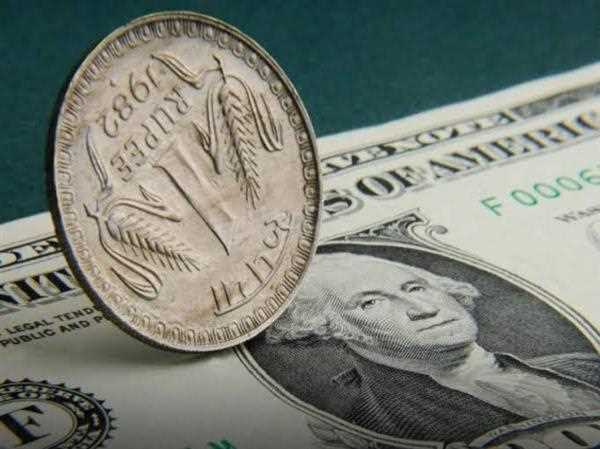The exchange rate between the Indian rupee and the
US dollar
is determined by various factors such as economic indicators, global events, and geopolitical factors. In this article, we will explore how the rupee-dollar rates are determined.
The exchange rate denotes the worth of a currency in comparison to another currency. For instance, in the case of rupee and dollar, the exchange rate indicates the value of one rupee concerning one dollar. The supply and demand for each currency in the foreign exchange market govern the exchange rate between two currencies.
The demand for a currency is influenced by various factors such as economic indicators, political stability, and interest rates. For example, if the Indian economy is performing well and the interest rates are high, there will be a higher demand for the rupee, which will lead to an appreciation of the currency. On the other hand, if the US economy is performing well and the interest rates are high, there will be a higher demand for the dollar, which will lead to an appreciation of the currency.
Similarly, the supply of a currency is influenced by various factors such as government policies, inflation, and trade balances. For example, if the Indian government is printing more rupees to finance its budget deficit, there will be an increase in the supply of rupees, which will lead to a depreciation of the currency. Similarly, if the US government is printing more dollars to finance its budget deficit, there will be an increase in the supply of dollars, which will lead to a depreciation of the currency.
Apart from these economic factors, global events and geopolitical factors also play a crucial role in determining the exchange rate between two currencies. For example, if there is a global recession or a financial crisis, investors may flock to safe-haven currencies such as the US dollar, which will lead to an appreciation of the currency. Similarly, if there is political instability or a conflict in a region, investors may withdraw their investments from that region, which will lead to a depreciation of the currency.